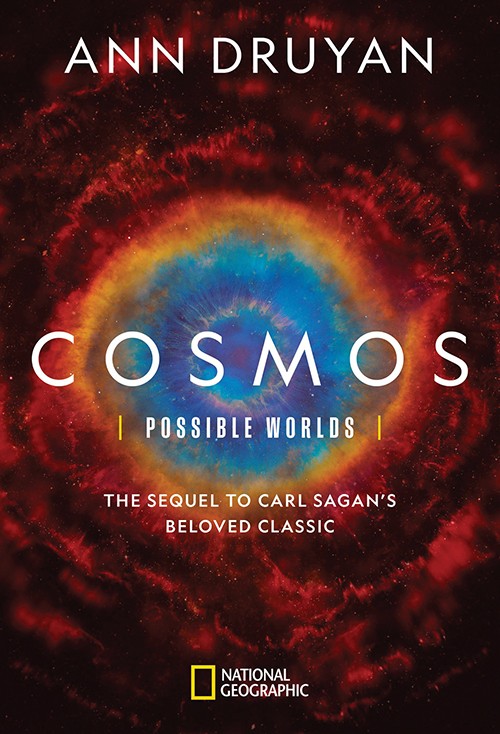
"Scientists will conduct both basic and applied work that will further our understanding of life's origins, evolution and future." "The Carl Sagan Center will provide an exceptional opportunity for leading-edge, multi-disciplinary research in support of NASA's mission to understand 'are we alone in the universe?,'" said NASA Ames Deputy Director for Research Scott Hubbard. A nanotechnology laboratory will be used to develop tiny devices that mimic or replicate the processes in living systems.

A biosensors facility will work on developing devices to study the fingerprints of life, both here on Earth and on other planets. A genomics and microbiology laboratory will be used to understand the fundamental processes of living systems in a variety of different environments. Research at the facility will focus on the many questions facing astrobiologists about life on Earth and in the Universe. The modular design of the planned laboratories will provide the necessary flexibility for future change and evolution. The Center is specifically designed to increase the interplay of scientists in fields for which there is no obvious common ground. The Sagan Center will be a huge step forward toward NASA's goal of developing a world-class, shared-use research and development campus in association with academia, industry and non-profits.


The Center will also house a 30,000-square-foot public gallery exhibition area and a 500-seat auditorium. The Sagan Center will consist of three 30,000-square-foot laboratory modules, with the potential to add a fourth module at a later date. As currently planned, the project could include approximately 700,000 square feet of new construction on more than 21 acres. The Sagan Center will be located in the planned NASA Research Park at Moffett Field, California, adjacent to the NASA Ames Research Center.


 0 kommentar(er)
0 kommentar(er)
